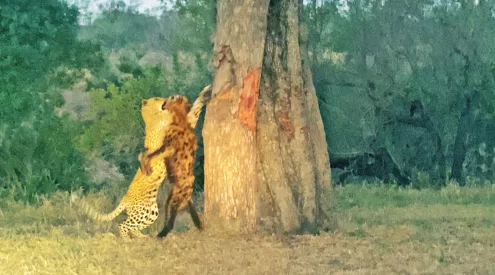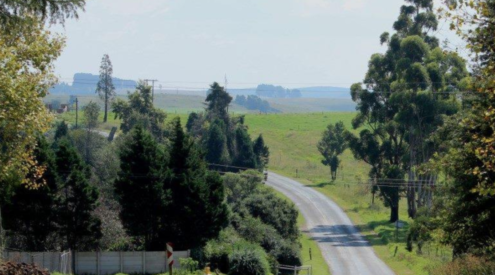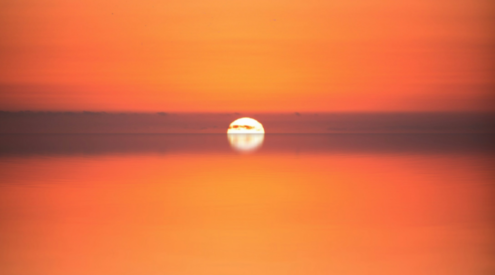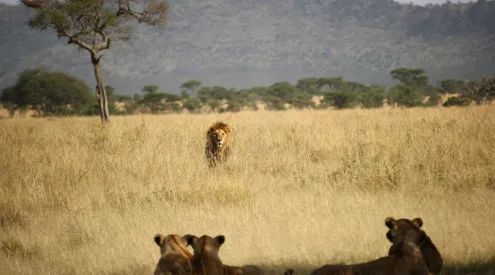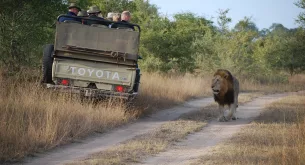In one case, the sky turns black, in another, the Earth shudders. But whether the Earth moves or not, animal migrations are fascinating. For the most part, animals migrate for various reasons.
– the search for food and water
– safety from predators
– to find better places to breed
Only four African migrations are listed below but fish, birds, reptiles and insects also migrate
1. Great wildebeest migration
Location: Serengeti National Park, Tanzania to Maasai Mara Game Reserve, Kenya
When: This is a year round event.
How: There are many great travel packages that include flights, transfers, accommodation and meals. Travel ranges from between 4 days and 12 days depending on your budget. The Serengeti is also great to combine with the Ngorongoro Crater and Lake Manyara. Travel with The Luxury Traveler. Send your enquiry here with you requirements.
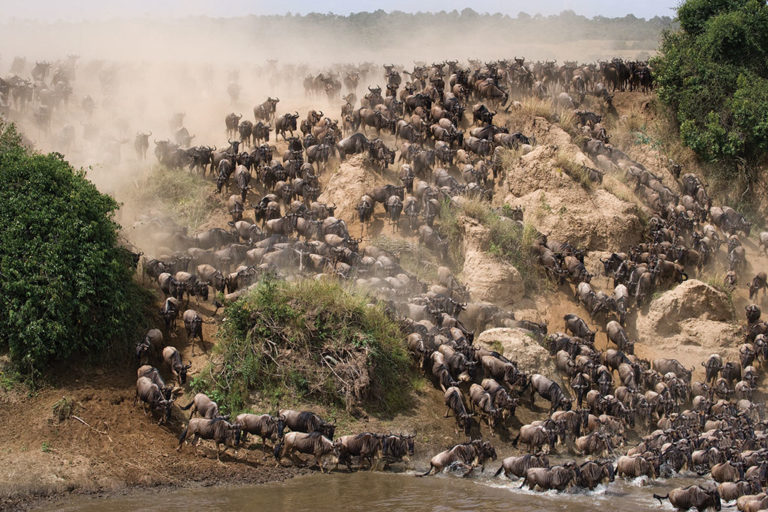
Image from Getty Images
The Great wildebeest migration is considered one of the natural wonders of the world. Giant herds of wildebeest, sometimes as many as 2-million, move between late November and mid March – the exact time is dependent on the rainfall – from the northern borders of Tanzania to Kenya to look for grazing grounds and water. The herds travel from the north to the south for almost 3000 kilometres.
Many calves are born during this season, which in turn entice predators. Every year, images of crocodiles lying in wait as the great herd makes its way across the river has viewers on the edge of their seats.
2. Zebra migration
Location: Southern Okavango, Botswana to Nxai Pan National Park and Makgadikgadi Pans National Park, Botswana
When: Between November and March
How: Arrange a fly in safari to the Okavango Delta or Makgadikgadi Pans with The Luxury Traveler. You can also self-drive with your own vehicle.

Image from Getty Images
A lesser-known natural phenomenon is the Botswana zebra migration. More than 250 000 zebra move seasonally in search of greener grazing spots with waterholes and safety from their predators. The herd makes their way from the southern Okavango to the Makgadikgadi Pans National Park over the dry season.
3. Bat migration
Location: Kasanka National Park, Zambia
When: Late October to mid December
How: A pre-arranged fly-in package is best. You will require a good budget.

Image by Chris Meyer
This is the world’s largest mammal migration, with 10 million coloured fruit bats entering the Bat Forest at Kasanka National Park. This park is the only place in the world where the migration can be witnessed. The migration takes about 90 days and with so many bats in the air at one time, it’s a bit like witnessing a solar eclipse because the sun is blocked out by the millions of bodies.
4. Southern right whale migration
Location: Western Cape Coast to St Lucia KwaZulu-Natal, South Africa
When: June to October

Image by Ken Findlay
At least 37 whale species are found in the South African waters during whale migration season. The whales migrate to eat and breed. The Southern Right whale spends up to five months along the Western Cape Coast. Of course, if you’re a whale, you’d probably call this time of year ‘the human migration’, what with the number of people flocking to the coastal towns to catch a glimpse of the whales.


